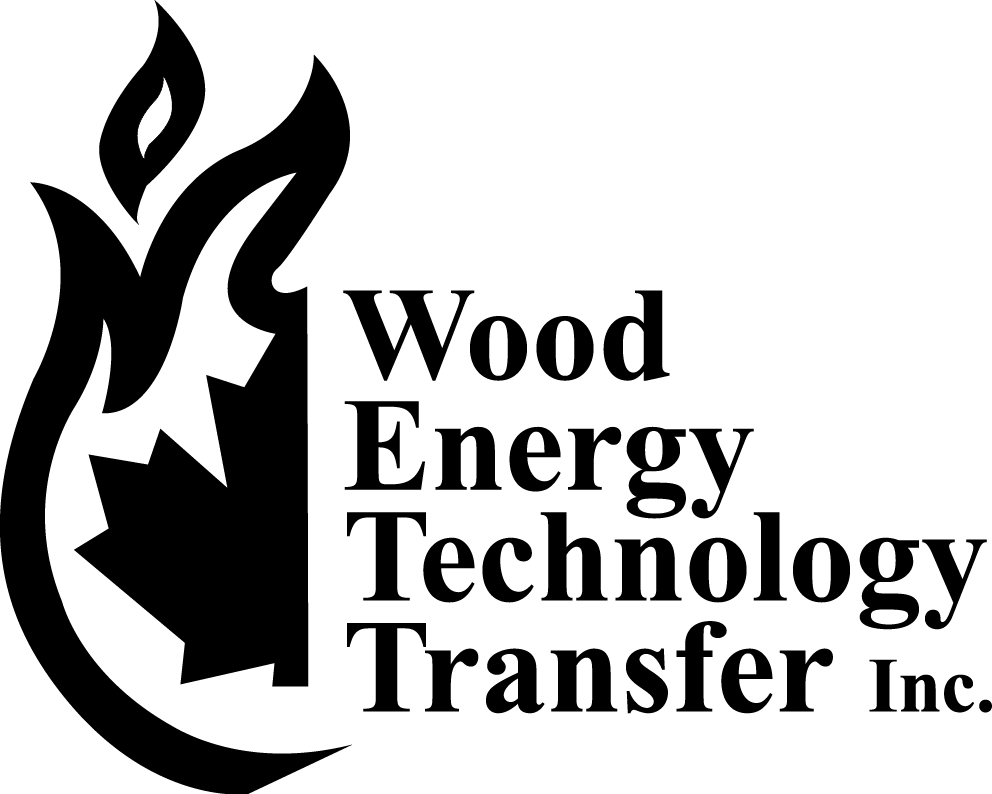Wood-burning Inserts Installed Into Manufactured Fireplaces
By Martin Aubé
Today, in our industry, there is a great debate on the installation of wood-burning inserts into manufactured fireplaces. To clear the air a little: a manufactured fireplace is also known as a prefabricated fireplace (prefab) and/or a zero-clearance fireplace (ZC).
Instead of giving a quick yes or no answer to start, let’s look at several factors in play for this type of installation and what questions we should ask to get to the required information.
What is the insert certified for? What is the fireplace certified for? What chimney is connected to the fireplace? What is the chimney/venting requirement for the insert? What needs to be inspected prior to installation?
Inserts must be certified to ULC S628, which is for installation into masonry fireplaces. There is no current certification standard for wood-burning inserts to be installed into a manufactured fireplace. Manufactured fireplaces are certified to ULC S610. For a ULC S628-certified insert to be installed into a ULC S610-certified manufactured fireplace, the fireplace itself should have been tested for the installation of an insert. What does the manufactured fireplace installation manual state? Many state that the use of uncertified components will void the certification or warranty of the manufactured fireplace.
So, is this ULC S610-certified fireplace certified for use with a ULC S628 insert? The ULC S610 certification allows for either a ULC S604 or ULC S629 chimney system to be used for venting a manufactured fireplace. The wood-burning insert requires a ULC S629 certified chimney system or equivalent, as per the building code. More specifically, the ULC S628-certified insert usually requires a stainless-steel liner as the main exhaust channel inside an appropriate shell/housing. This shell/housing is more commonly a masonry chimney. In some cases, for sizing purposes, a manufactured chimney is acceptable.
Depending on the manufactured chimney used on the fireplace, the chimney could then become a concern for the insert installation. A fireplace with a ULC S629 certified chimney would be able to handle the heat generated by the insert travelling through the stainless-steel liner, whereas a ULC S604 certified chimney does not hold the temperature rating to allow its use to contain a stainless-steel liner connected to a ULC S628 certified insert.
Is the existing chimney a packed insulation or air-cooled system? If air cooled, is the air channel compromised? If an air-cooled chimney is compromised, it would no longer be considered to be “air-cooled” and its certified clearances would no longer apply. Would the chimney have its clearances?” The clearances for the air-cooled chimney are based on having the air channel open.
If an insert were to be installed into a manufactured fireplace — or if there were a code for us to follow for it — what level of inspection would need be done to the original fireplace system? A Basic Visual Inspection would be severely lacking in this regard, as most of the installation is hidden. A Technical or Invasive inspection would not only be necessary to see all the hidden areas, but you would also need to know the following:
Was the manufactured fireplace originally installed correctly?
How old is the original installation? Age by itself is not a hazard. However, years of overheating and/or moisture penetration could create a hazard.
Has the original installation been modified?
Many questions and concerns can arise. The same as any manufactured fireplace inspection, the biggest difference is the “WHY.”
Why would someone want to install an insert into a manufactured fireplace? The most likely cause is to increase efficiency while burning and increase heat output. The worst-case scenario here is the end user may be wanting far more heat than the original manufactured fireplace installation can handle. Also, the grills of a fireplace, if present, may never be blocked or covered. Especially by the insert faceplate/surround. This would also potentially cause an overheat of the original firebox.
Due to the forementioned requirements, in my opinion ULC S628-certified inserts should not be installed into a ULC S610-manufactured fireplace.
